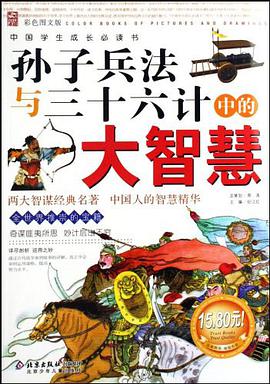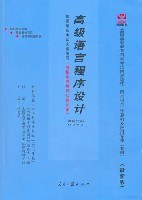

具体描述
The history of Japanese memoir literature began over a thousand years ago, its greatest practitioners being women of the "middle ranks" whose literary talents won many of them positions as ladies-in-waiting at the Heian imperial court. As female writers they both inhabited and helped create a discursive world obsessed with the arts of concealment and self-display, the perils and possibilities--erotic, political, and literary--of real and metaphorical peepholes. As memoirists they were virtuosos in the exacting art of feminine self-representation. "Fictions of Femininity" explores the Heian memoirists' creations of themselves in four texts: "Kagero nikki" ("The Kagero Memoir", after 974), "Makura no soshi" ("The Pillow Book", after 994), "Sarashina nikki" ("The Sarashina Memoir", after 1058), and "Sanuki no suke nikki" ("The Memoir of the Sanuki Assistant Handmaid", after 1108). Essays on the individual memoirs pursue a dual interest, asking how each text works as a rhetorical construct and how it reflects the author's negotiations with Heian fictions about women and writing. Letting the memoirs themselves set the terms for exploring gender constructions, "Fictions of Femininity" addresses a spectrum of related issues. The reading of "The Kagero Memoir" probes two traditional avenues of feminine expression: the writing of "waka" and the discourse of Buddhist nunhood. Two essays on"The Sarashina Memoir" reveal a fine weave of literary, religious, and autoerotic fantasies, highlighting the intellectual gifts of a memoirist long misread as naive and girlish. The essay on "The Memoir of the Sanuki Assistant Handmaid" examines the use of spirit possession as metaphor for commemorative writing, tracing the balancing act its author performed in the midst of political intrigues at court. The relationship between the memoir and voyeurism takes center stage in the closing essay on "The Pillow Book", which compares its author's treatment of the thematics of "seeing and being seen" with that of her chief rival, Murasaki Shikibu, creator of "The Tale of Genji". Taken together, the essays in this book underscore the diversity of the Heian memoirists' responses to their roles as women and as writers in one of the most unusual epochs of Japanese history.
作者简介
目录信息
读后感
评分
评分
评分
评分
用户评价
相关图书
本站所有内容均为互联网搜索引擎提供的公开搜索信息,本站不存储任何数据与内容,任何内容与数据均与本站无关,如有需要请联系相关搜索引擎包括但不限于百度,google,bing,sogou 等
© 2025 book.wenda123.org All Rights Reserved. 图书目录大全 版权所有




















